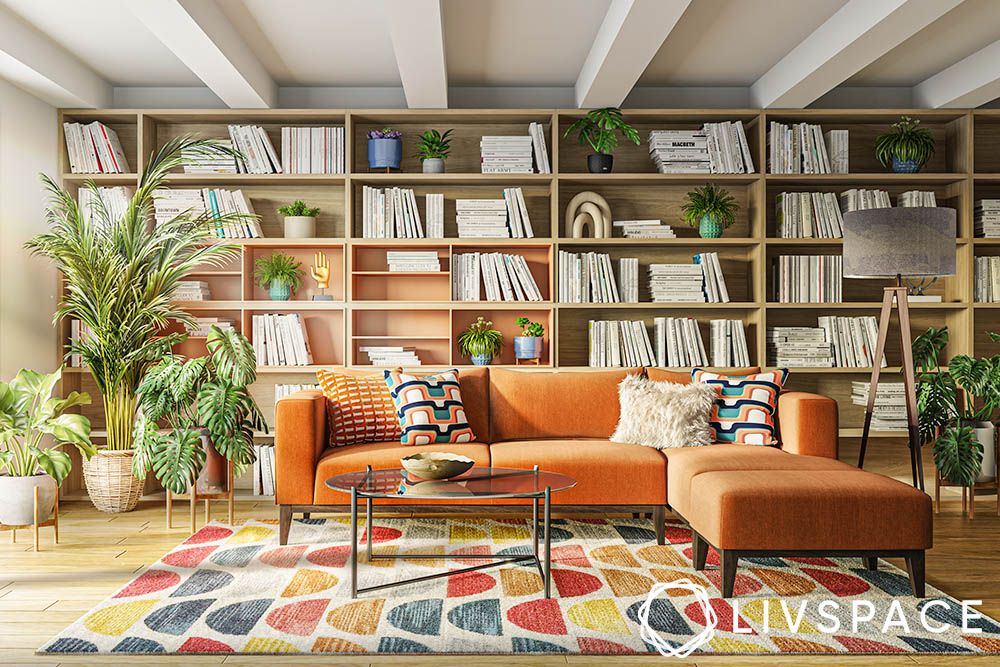
Timeless Elegance: Rediscovering Mid-Century Modern Design
Step into the world of Mid-Century Modern design, where timeless elegance meets innovative simplicity. Explore the key elements and inspirations of this influential design movement that continues to captivate enthusiasts and shape contemporary interiors.
1. Origins and Influences of Mid-Century Modern Design
Mid-Century Modern design emerged in the mid-20th century, particularly between the 1930s and 1960s, influenced by post-war optimism and a desire for functional yet aesthetically pleasing designs. Drawing inspiration from Bauhaus principles and Scandinavian minimalism, Mid-Century Modern design sought to marry form and function seamlessly.
2. Clean Lines and Organic Shapes
At the core of Mid-Century Modern design are clean lines and organic shapes. Furniture and architectural elements feature sleek, straight lines with gentle curves, eliminating unnecessary ornamentation. This emphasis on simplicity contributes to a sense of openness and allows each piece to stand out in its own right.
3. Iconic Furniture Pieces of Mid-Century Modern Design
Mid-Century Modern design introduced iconic furniture pieces that remain highly sought after today. From the Eames Lounge Chair to the Saarinen Tulip Table, these timeless creations showcase the perfect blend of innovative design and comfort. Exploring Mid-Century Modern furniture is like taking a journey through the pages of design history.
4. Embracing Minimalism with Functionality
Minimalism and functionality are inherent aspects of Mid-Century Modern design. Furniture pieces often serve dual purposes, seamlessly combining aesthetics with practicality. Cabinets with clean lines, multifunctional coffee tables, and modular shelving units reflect the movement’s commitment to making design accessible and useful in everyday life.
5. Organic Materials and Natural Finishes
Mid-Century Modern design celebrates the beauty of natural materials. Wood, especially teak and walnut, is a staple in furniture design, showcasing its warm tones and unique grain patterns. Natural finishes, such as polished or matte surfaces, further accentuate the authenticity and organic appeal of Mid-Century Modern pieces.
6. Bold Colors and Playful Patterns
While Mid-Century Modern design emphasizes a neutral color palette, bold pops of color and playful patterns are key features. Vibrant hues like mustard yellow, avocado green, and teal bring energy to spaces, often paired with geometric or abstract patterns on textiles and wallpaper to add visual interest.
7. Integration of Indoor and Outdoor Spaces
Mid-Century Modern architecture often blurs the boundaries between indoor and outdoor living. Large windows, sliding glass doors, and open floor plans connect interior spaces with nature, allowing ample natural light to flood the interiors. This integration creates a harmonious relationship with the surrounding environment.
8. Timeless Lighting Designs
Lighting plays a crucial role in Mid-Century Modern interiors. Iconic lighting designs like the Arco Floor Lamp and the Nelson Bubble Pendant are synonymous with the era. These fixtures showcase innovative materials and designs that contribute to the overall ambiance of Mid-Century Modern spaces.
9. Mid-Century Modern Revival in Contemporary Design
The allure of Mid-Century Modern design persists, experiencing a revival in contemporary interiors. Design enthusiasts and homeowners alike continue to embrace the timeless elegance and versatility of Mid-Century Modern furniture and decor. Incorporating






![Everything You Need to Know Hermes’ [Bag Name] Everything You Need to Know Hermes’ [Bag Name]](https://images.unsplash.com/photo-1507666664345-c49223375e33?fm=jpg&q=60&w=3000&ixlib=rb-4.0.3&ixid=M3wxMjA3fDB8MHxzZWFyY2h8MTN8fGhlcm1lcyUyMHBhcmlzJTIwYmFnfGVufDB8MHwwfHx8Mg%3D%3D)

